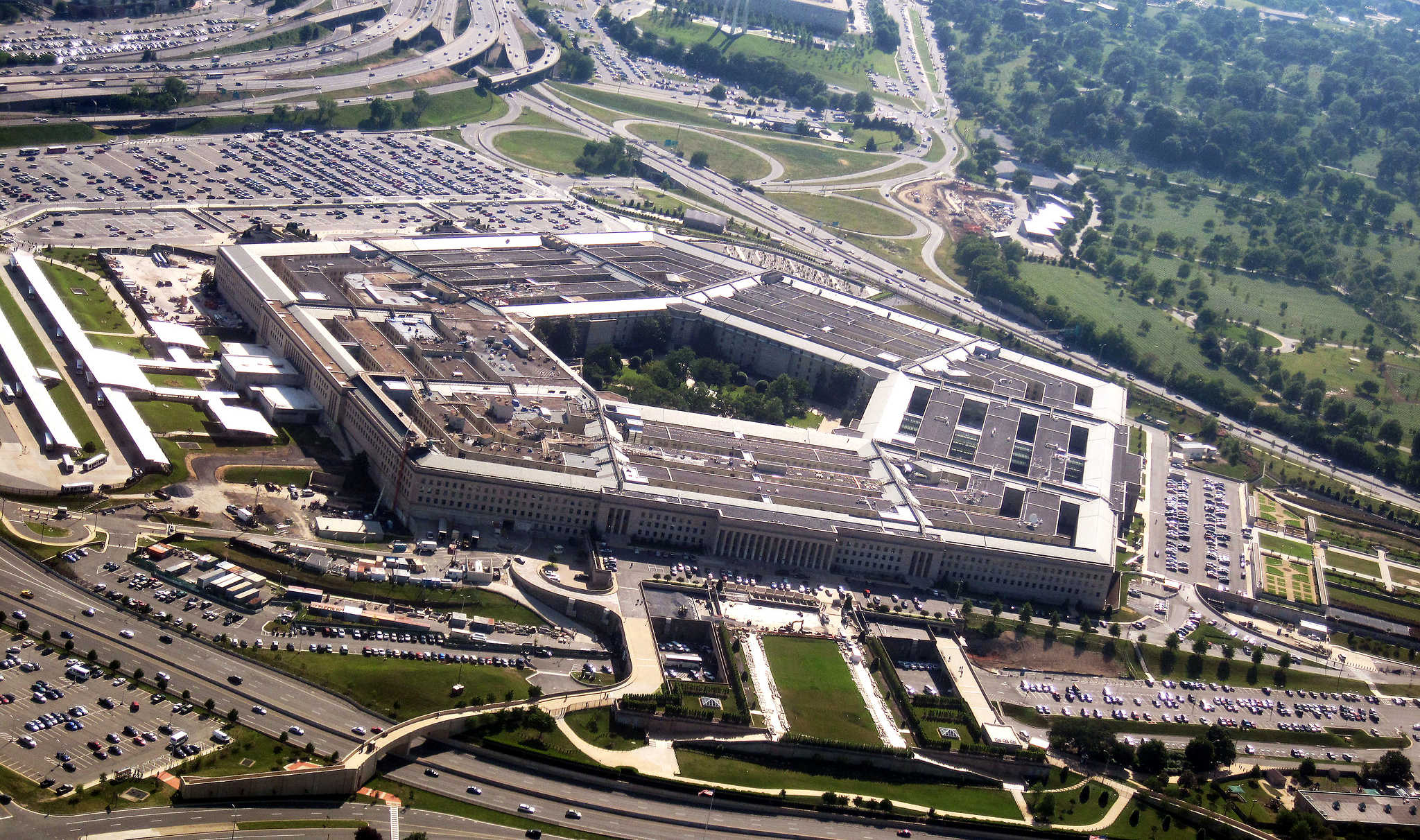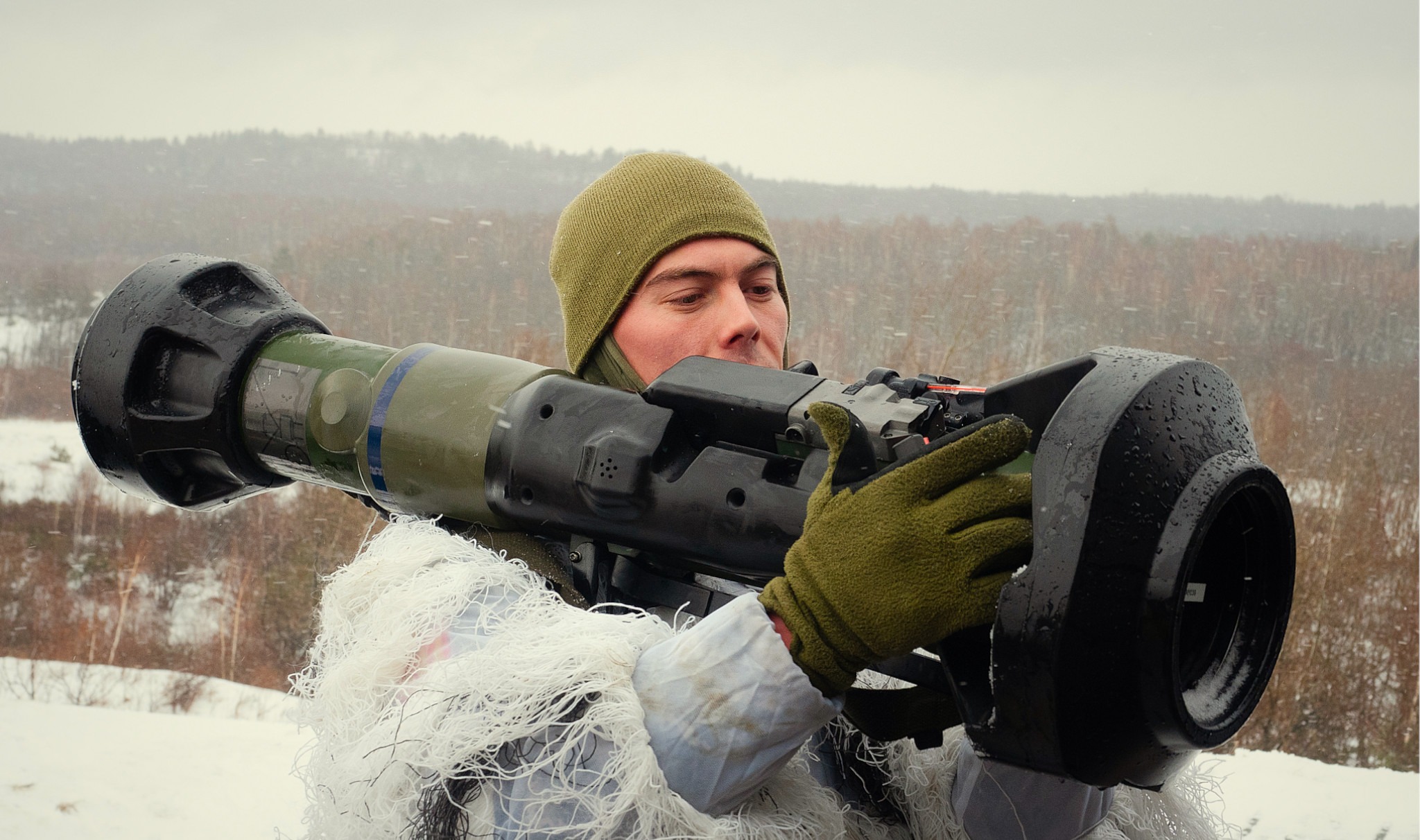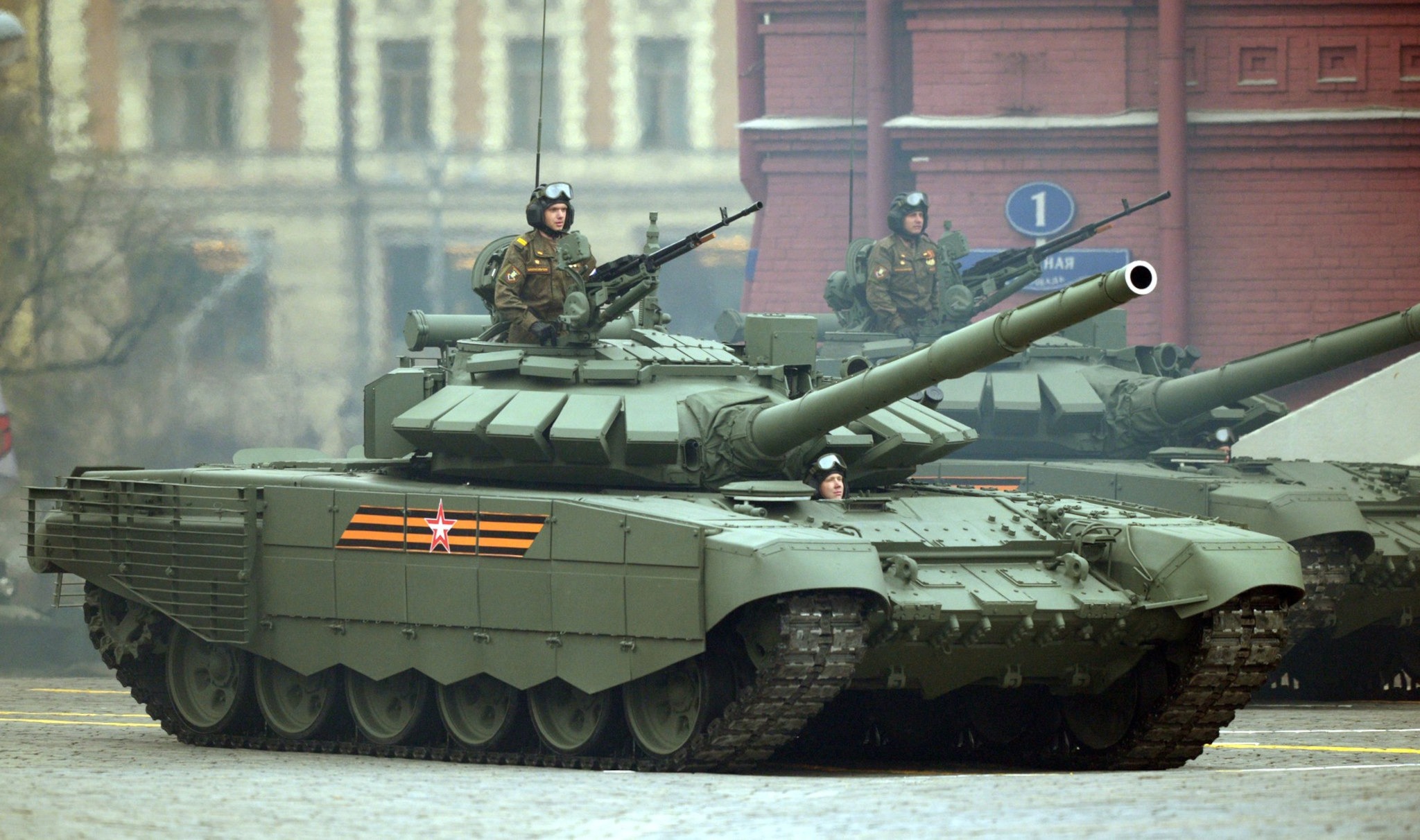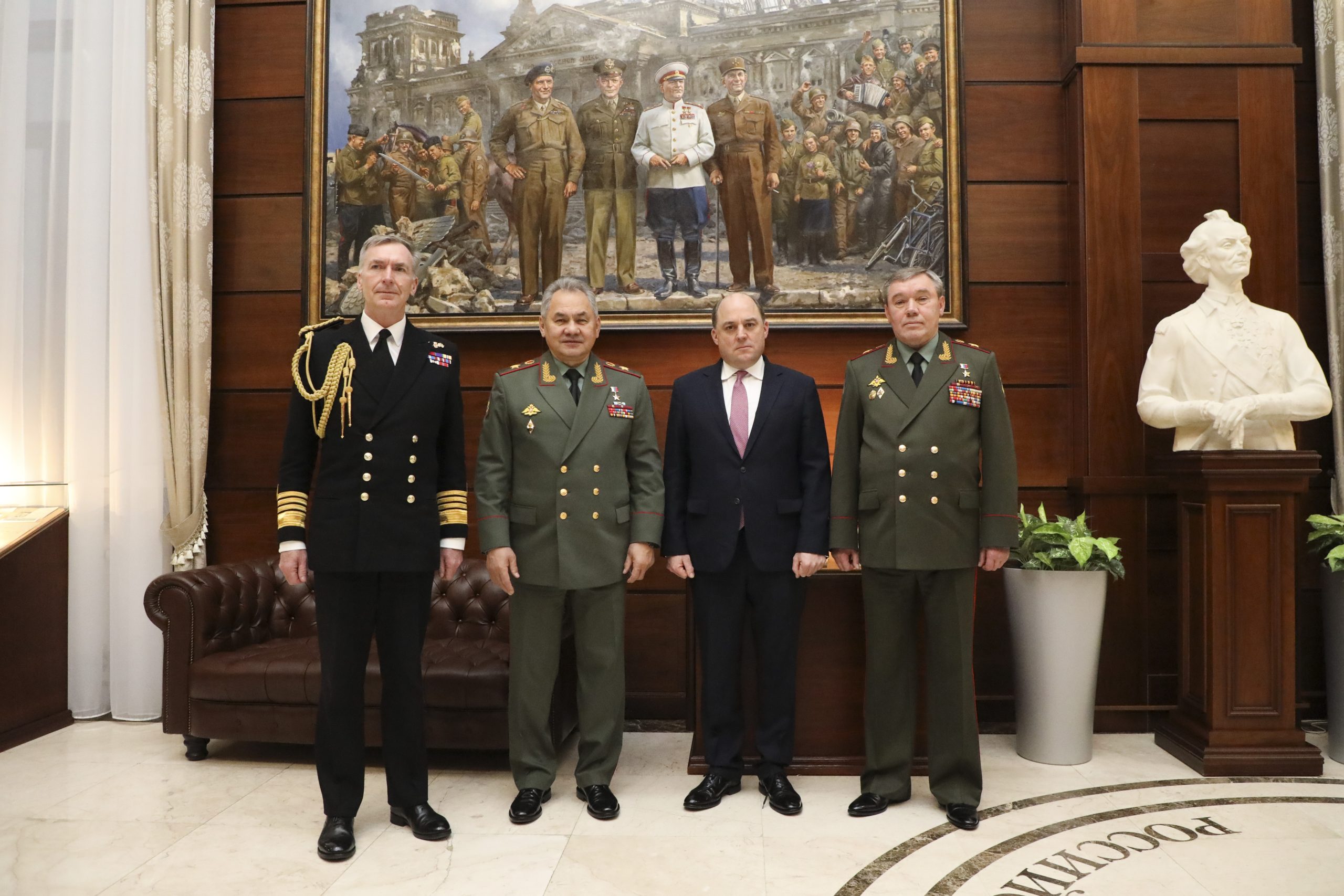Rishi Sunak has secretly deployed dozens of special operations forces (SOF) in Ukraine without telling parliament, leaked US intelligence files appear to show.
Britain had 50 SOF personnel in the war zone last month according to a slide marked “secret” and “not releasable to foreign nationals”.
The UK contingent was the largest of any NATO member by a factor of three. Latvia had 17, France 15, the US 14 and the Dutch just one.
The 14 US operators were among 29 Pentagon personnel in Ukraine, including defence attachés and embassy guards.
Another 71 foreign affairs staff from its state department were also on the ground, bringing the total US footprint to 100 personnel.
It is not clear from the leaked documents whether the 50 British SOF personnel are drawn exclusively from the UK’s most elite tier 1 units such as the Special Air Service and Special Boat Service.
Members of the Royal Marines and Parachute Regiment could have been among them too.
The US military uses a broader definition of SOF to include its marines and army rangers, not just SEALs and Delta Force.
The British army has been moving towards the wider US concept of SOF by setting up a new Ranger Regiment which it describes as “Special Operations Capable”.
Extreme secrecy shrouds the use of UK covert forces. Parliament is not normally told of SAS or SBS deployments, although movements of marines, paratroopers and even the new rangers should in theory be more transparent.
The Ministry of Defence declined to comment on the alleged leak.
Leak probed
Although Declassified cannot independently verify the authenticity of the leaked documents, US authorities have launched a major probe into how it happened. A Pentagon official has said the leak presents a “very serious” risk to national security.
While some parts of the files appear to have been doctored to reduce Russian casualty figures, the section on NATO special forces is the same throughout all versions seen by Declassified.
The papers first appeared on an online message board earlier this year and have been widely circulated on social media channels including in Russia.
Declassified is therefore putting no one at risk by reporting on their contents. The information in the leak follows previous reports on the presence of British covert operatives in Ukraine.
The Times reported that 350 marine commandos had escorted British diplomats out of Ukraine ahead of the Russian invasion in February 2022.
Some of the marines later returned to Kyiv to guard the British embassy, according to their regimental magazine.
As early as last April, The Times alleged British special forces were training Ukrainian troops in Kyiv post-invasion.
Thousands of British citizens, including former soldiers, have volunteered to fight in Ukraine’s foreign legion – a move encouraged by Liz Truss when she was foreign secretary.
Low tank ammo
The leaked US intelligence files shed further light on Britain’s role in the war, including equipment supplies.
It emerges there is “limited Challenger 2 ammo”, in reference to the 14 tanks Britain donated to Ukraine.
Their ammunition has already caused controversy after Declassified revealed they would fire depleted uranium darts alongside high explosive shells.
Britain’s stockpile of depleted uranium rounds is decades old, a factor highlighted in the Daily Express last month.
Lieutenant Colonel Stuart Crawford, a former tank commander, warned how the British army’s depleted uranium rounds have “not been produced since 2001 and there is no facility to make more.”
He added: “One can only hope…that some logistician had done the necessary sums to ensure that the UK’s remaining vehicles wouldn’t run out of ammunition if push came to shove.”
Air wars
Another aspect of Britain’s involvement in the war is “airborne sensitive reconnaissance operations” that the leak shows it is conducting around Ukraine.
These include three manned RC-135 Rivet Joint surveillance planes flying through Poland, Romania and one other location marked as “BLK”.
Royal Air Force Rivet Joint missions over the Black Sea are already in the public domain and can be observed on flight radar websites.
One operation on 29 September nearly went wrong when Russian jets shadowing a Rivet Joint fired a missile “beyond visual range”.
Defence secretary Ben Wallace told parliament it was a “potentially dangerous engagement” against a “routine patrol” in international airspace.
Another aspect of Britain’s involvement in the war is “airborne sensitive reconnaissance operations” that the leak shows it is conducting around Ukraine.
However, the leaked material confirms such patrols are gathering intelligence for Ukrainian forces.
Journalist Duncan Campbell has investigated how the 29 September patrol was the third in a series of longer-range flights by the aircraft since Liz Truss became prime minister and went within two minutes of Russian airspace.
Campbell wrote in Computer Weekly: “Throughout the Ukraine war, and prior to Truss taking over at Downing Street, RAF flights over the Black Sea had never flown further than due south of Crimea”.
He added: “Even this has been more provocative than the actions of any other Nato country. US Air Force Rivet Joints stationed in Britain at RAF Mildenhall also monitor communications daily around Ukraine’s borders – but stay over Romanian airspace.”
Self-censorship
Much of the media coverage of the US intelligence leak has focused on how it happened and who may be behind it, amid concern in government circles it is the largest leak of classified US material since Edward Snowden in 2013.
The specifics of Britain’s role as detailed in the documents have barely been reported in the UK.
The temptation to self-censor may be due to fears that publishers could face the same treatment as WikiLeaks founder Julian Assange, currently held at Belmarsh prison in London.
A key disclosure in the leak is that the US believes Russian troop deaths are between 16,000 and 43,500 – depending on which version of the documents is original.
The numbers are lower than most public estimates. In March, the same month the leaked document was written, a British defence minister said up to 60,000 Russian forces had been killed in Ukraine.
The temptation to self-censor may be due to fears that publishers could face the same treatment as WikiLeaks founder Julian Assange
US planners privately believe the Kremlin has “moderate” combat sustainability, contrary to forecasts of an imminent Russian collapse.
Ukraine received the same sustainability rating, however there are concerns Kyiv is running low on air defence ammunition.
The Soviet-era missiles Ukraine needs for 89 per cent of its anti-aircraft rounds could run out in early May, one leaked slide shows.
A key air defence system that Britain is involved in equipping was forecast to run out of ammunition even sooner, by mid-April.
Fog of war
The leak is a significant moment in a conflict which had been characterised so far by Western intelligence gaining access to Kremlin plans and sharing them with a rigidly disciplined press pack.
The compromise of US plans now provides a rare glimpse of the balance of power as seen by Pentagon planners and the extent of NATO boots on the ground.
Although Ukrainian officials say the leak is “fabricated” by Russia, even their troops’ own testimony to journalists is sometimes at odds with the official narrative from Kyiv.
The Times reported on Friday how Ukrainian forces had admitted to mounting a disastrous amphibious assault on the Zaporizhzhia nuclear power plant in October.
Ukraine had previously blamed Russia for shelling critical electricity supply lines to the plant, which is under the Kremlin’s control.





